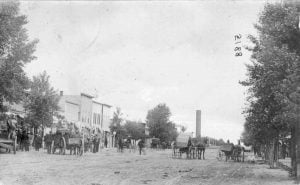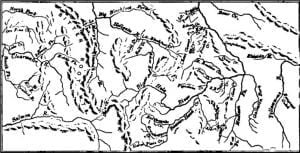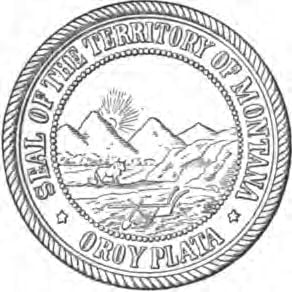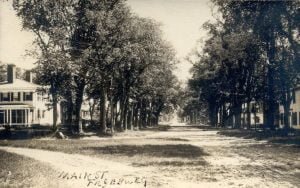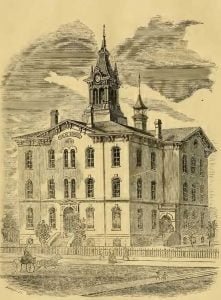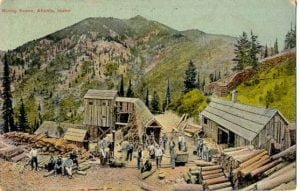Harrisville, Cheshire County, New Hampshire History
Harrisville lies in the extreme eastern part of the county, in lat. 42º 57′ and long. 4º 59′, bounded north by Nelson and Hancock, the latter in Hillsborough county, east by Hancock and Peterboro, south by Dublin and west by Roxbury and a portion of Marlboro. This is the youngest township in the county, having been incorporated as late as July 2, 1870, its area being made up of territory taken from the southern part of Nelson and northern part of Dublin. The extreme length of the town, east and west, is nearly eight miles, and its greatest width, north … Read more


